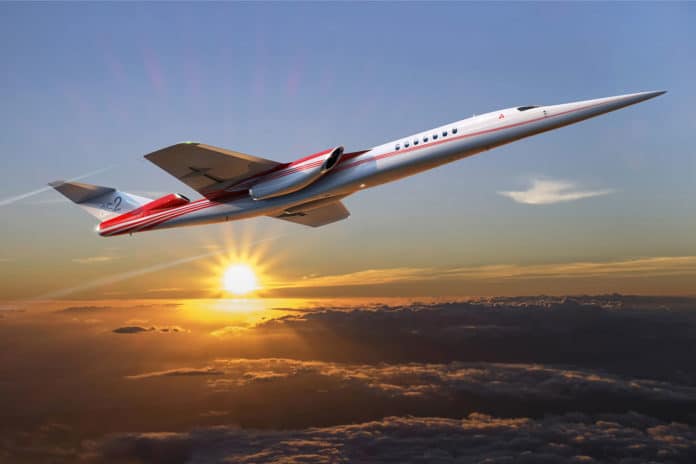It’s a good day for Boom Supersonic, Hermeus, and even SpaceX and Virgin Galactic, the group of startups and companies developing supersonic commercial aircraft.
The U.S. Department of Transportation and the Federal Aviation Administration (FAA) has released a new set of rules to facilitate the safe development of civil supersonic aircraft. The new regulations will streamline and clarify procedures to obtain FAA approval for supersonic flight testing in the United States.
New rules will allow operators to overcome the Mach 1 barrier within the U.S. territory. Historically, the country banned supersonic flights in 1970 because of fears that sonic booms would damage buildings and constitute an intolerable nuisance.
To test prototype passenger aircraft at supersonic speed, it will be necessary to submit an application by providing the aviation authorities with information about the aircraft and an assessment of the impact of such tests on the environmental situation. FAA proposes landing and takeoff noise limits for the first group of supersonic aircraft expected to be presented for certification.
Tests of the supersonic aircraft will be allowed over one of the United States’ agreed locations, remote from populated areas. In this case, the developers will be required to carry out acoustic measurements during the tests, fixing the noise level. The data obtained during the tests will need to be submitted to the Federal Aviation Administration. The issued permits for supersonic flights will be temporary.
“The action is a significant step toward reintroducing civil supersonic flight and demonstrates the Department’s commitment to safe innovation,” said the U.S. Transportation Secretary Elaine L. Chao.
For his part, FAA Administrator Steve Dickson said, “The FAA supports the new development of supersonic aircraft as long as safety parameters are followed. The testing of supersonic aircraft at Mach 1 will only be conducted following consideration of any impact to the environment.“
Companies that are moving toward commercial supersonic flight include Boom Supersonic, which debuted its XB-1 prototype in October of last year. It is scheduled to begin testing this year and fly in the skies by 2029. The company hopes to produce the next generation of Concorde, dramatically minimizing flight time for passengers.
The new rule clearly outlines the process companies must follow to obtain the FAA approval for flight tests.
